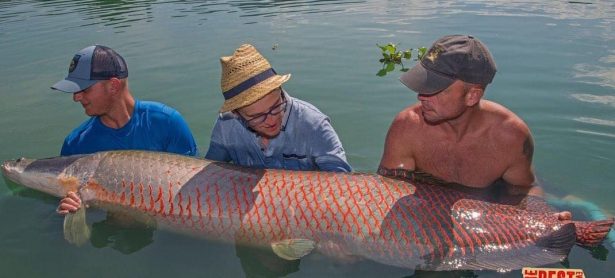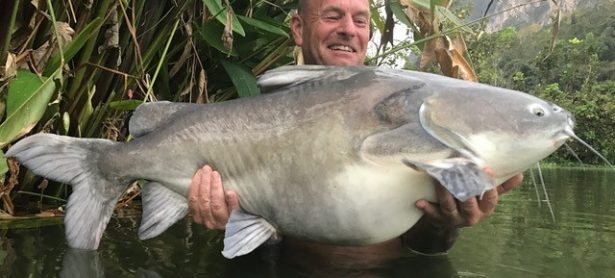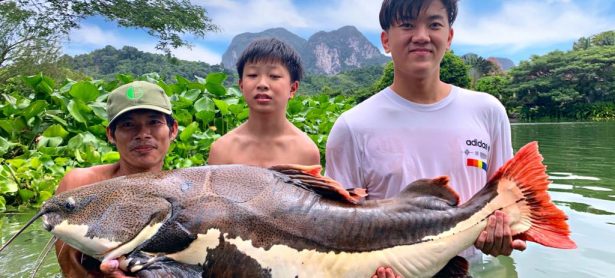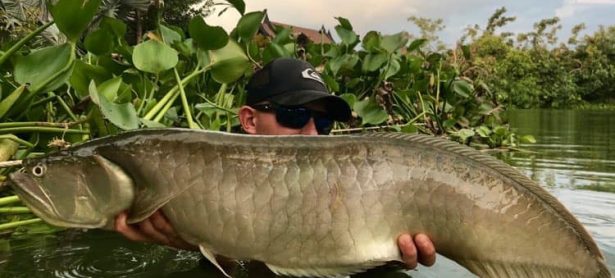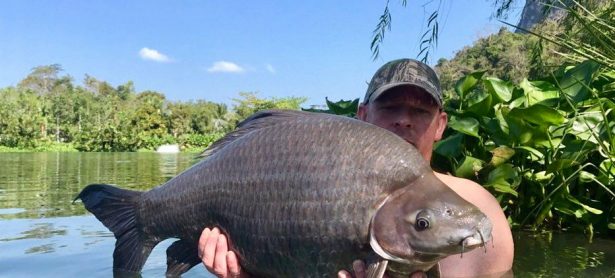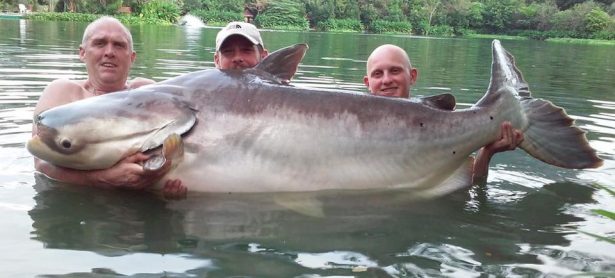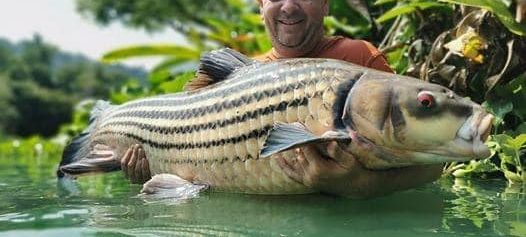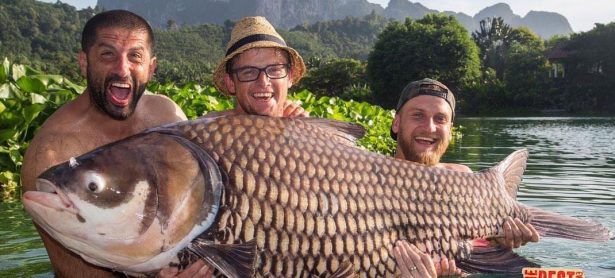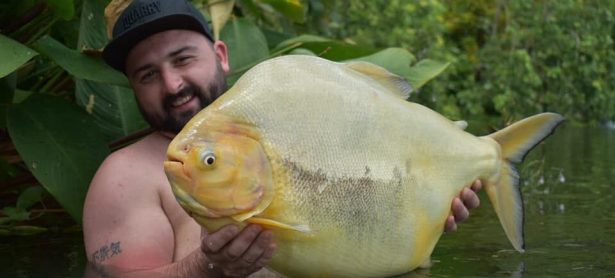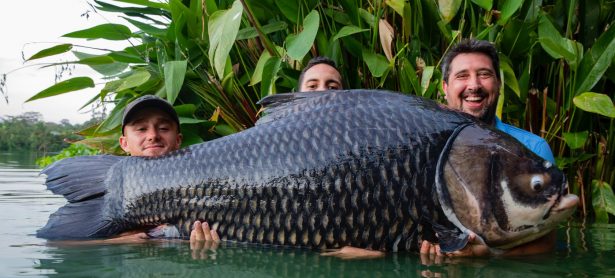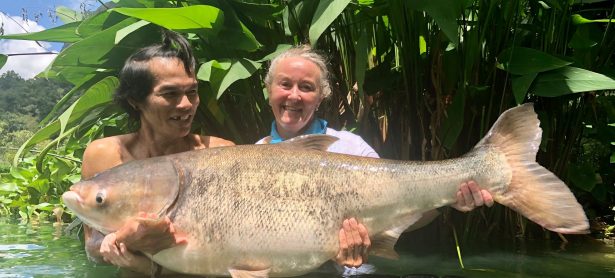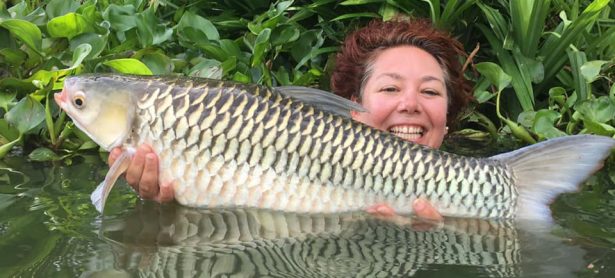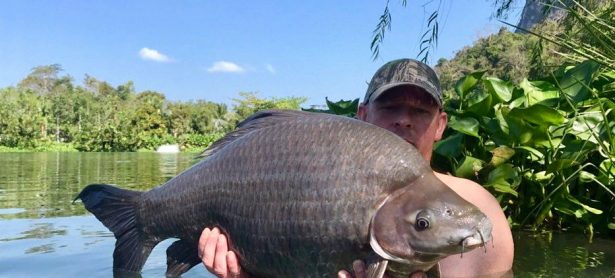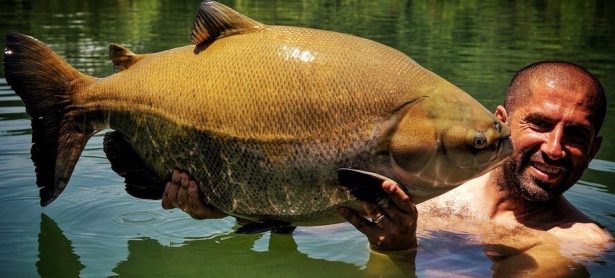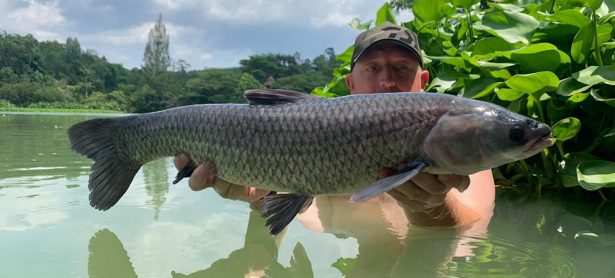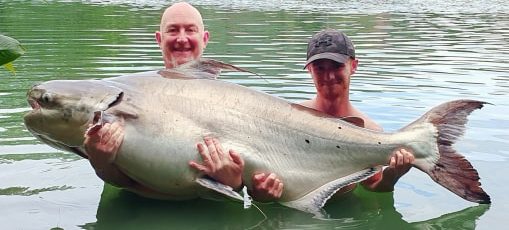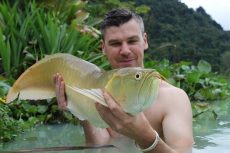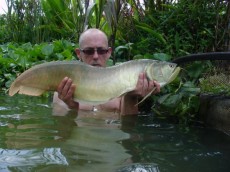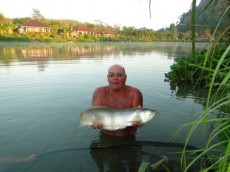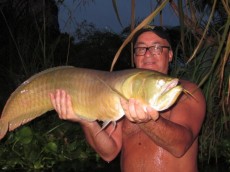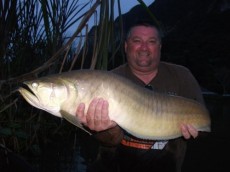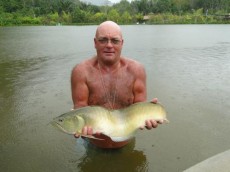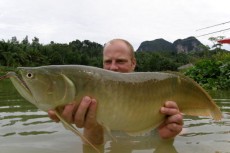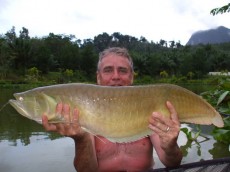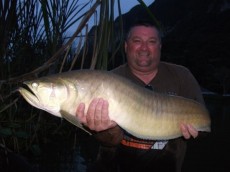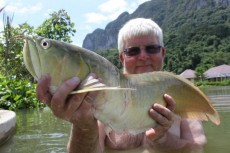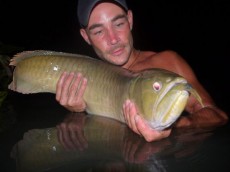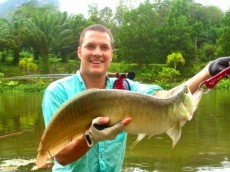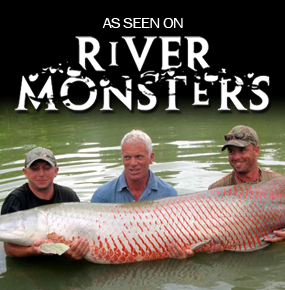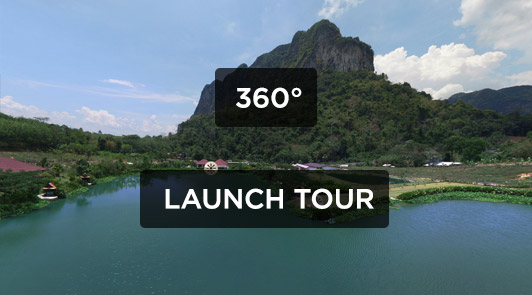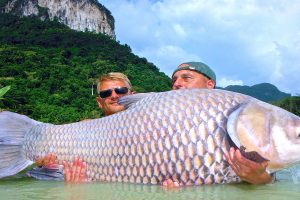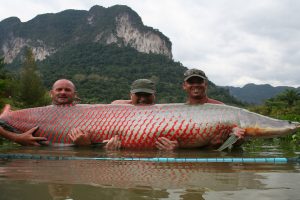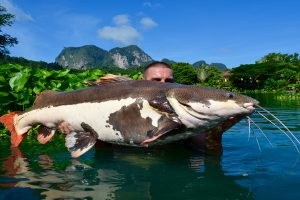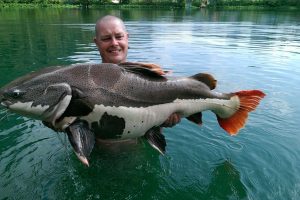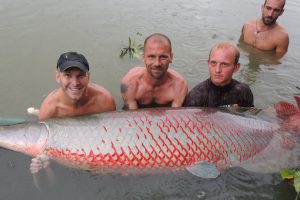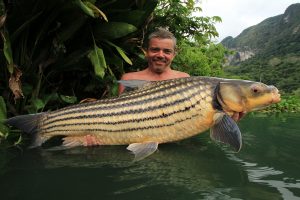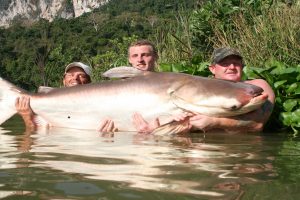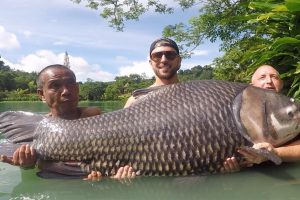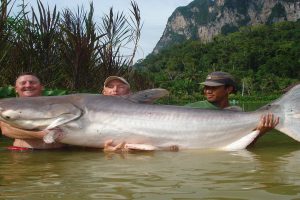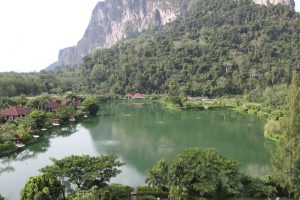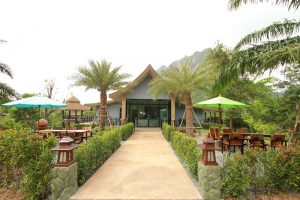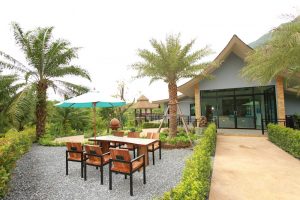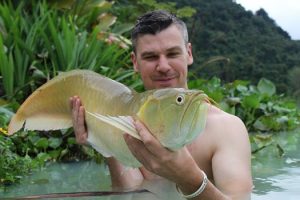 Name: Arawana.
Name: Arawana.
Species: Osteoglossum bicirrhosum.
Thai name: Pla tapat.
Max weight: 8kg.
IGFA record: 6.5kg (14lbs 8oz.)
Diet: Fish, shrimp, prawns, frogs and insects.
To fish for our arawana we suggest you stalk these surface feeding fish. Arawana swim and hunt in the surface layers of the lake making them easy to spot. Fish a light float rig with a prawn, and search the edge of the weedbeds or reeds. When you spot a fish cast 6m in front of the fish with your float pre-set at the arawana’s estimated cruising depth. Alternatively fish with a fly rod; we allow you to come down to an 8wt setup to stalk these fish. Use a floating line with a dry fly or nymph, and again predict where to intercept the fish and cast at least 6m in front of the arawana’s patrol route. For bait or fly fishing keep presenting your bait to the arawana’s patrol route as this normally will induce a take.
When hooked the arawana will leap clear of the water, sometimes as high as 2m, so keep a tight line to the fish or they will shed the hook. Have your camera ready at all times, as once this fish is netted you will only get seconds to take your picture, as the arawana is a very fragile fish when caught. Take care when holding these fish as they are very agile and will wriggle free given half a chance. Our guide will keep a net under the fish ready for his escape attempt, but if you drop the fish twice our guide will stop any further photo attempts to save the arawana unnecessary stress. Once you have your quick picture, immediately place the fish in the water and gently move the fish backwards and forwards until the fish starts kicking, then release immediately. This mini species are beautiful creatures, and please take extra care with them as they are so delicate. Also the size of arawana that we have are extremely rare.
General facts on the arawana:
The arawana is native to the Amazon basin, Brazil, Peru and French Guiana. Arawana are increasingly popular on the international aquarium fish market, but the routine killing of mouth brooding adults to collect juveniles for the trade may threaten wild populations. Arawana were introduced to Thailand as an exotic aquarium fish; they are bred in various colours, and the more exotic the colour the higher their value. A prize specimen will change hands for 50,000 dollars. Throughout Thailand and Asia these beautiful fish are displayed in tanks and are believed to control luck and destiny. The arawana has an elongated slender body covered in large scales, with very long dorsal and anal fins down to their tails.
They have a very large gaped mouth with prominent barbules at the tip of their chins. The superior position of the mouth allows it to capture its prey while swimming from below. In the wild arawana live in slow moving water keeping to the margins around overhanging trees and weedbeds. They are a day feeder, spending all their time patrolling very close to the surface. Arawana frequently jump clear of the water to seize large insects. The arawana can live in semi-stagnant water in low oxygen levels as they have the capability to air breathe. At the start of the rainy season arawana lay approximately 200 eggs, which are then taken by the males into their mouths. They will keep them inside their mouths till they hatch, and even then they will protect the young as a mouth brooder until the fry are 8-10cm long. It is an important food fish of Amazonia, of special value in caboclo (person of mixed Brazilian, Indian, European, or African ancestry) folklore because it is one of the few species that women are allowed to eat postpartum, as other species, especially catfish, are thought to cause inflammation if eaten in times of illness and recovery.



